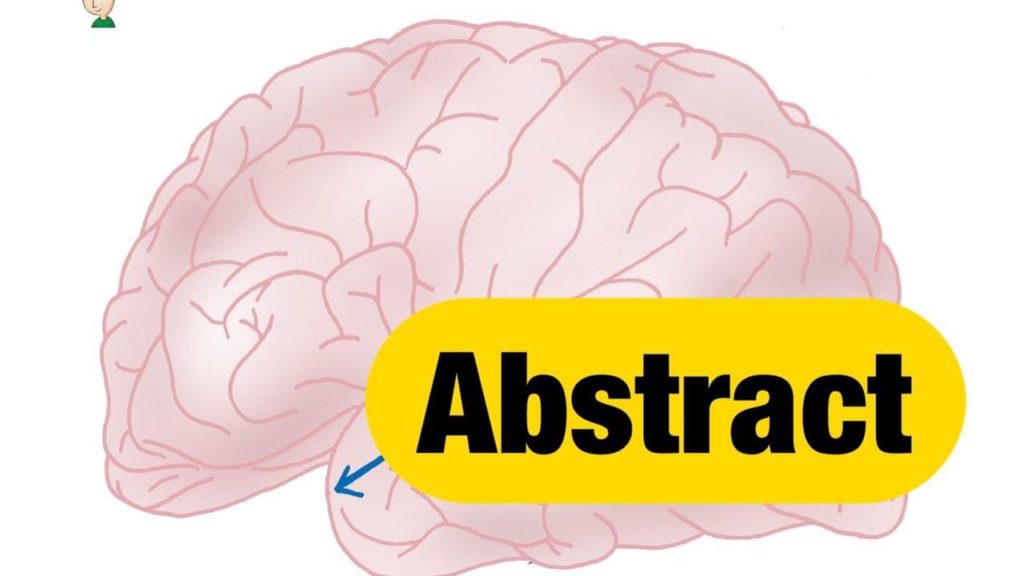The purpose of this paper is to provide an overview of factors to be considered in the decision to offer treatment for unruptured intracranial aneurysms in adults. In addition, we review aneurysm and patient characteristics that favor surgical clipping over endovascular intervention and vice versa. Finally, the authors propose a novel, simple, and clinically relevant algorithm for observation versus intervention in unruptured intracranial aneurysms based on the PHASES scoring system.
Management of unruptured incidentally found intracranial saccular aneurysms
Vikram A Mehta 1, Charis A Spears 2 3, Jihad Abdelgadir 2, Timothy Y Wang 2, Eric W Sankey 2, Andrew Griffin 2, C Rory Goodwin 2, Ali Zomorodi 2Affiliations expand
- PMID: 33025187
- DOI: 10.1007/s10143-020-01407-y
Abstract
Unruptured intracranial saccular aneurysms occur in 3-5% of the general population. As the use of diagnostic medical imaging has steadily increased over the past few decades with the increased availability of computed tomography (CT) and magnetic resonance imaging (MRI), so has the detection of incidental aneurysms. The management of an unruptured intracranial saccular aneurysm is challenging for both patients and physicians, as the decision to intervene must weigh the risk of rupture and resultant subarachnoid hemorrhage against the risk inherent to the surgical or endovascular procedure. The purpose of this paper is to provide an overview of factors to be considered in the decision to offer treatment for unruptured intracranial aneurysms in adults. In addition, we review aneurysm and patient characteristics that favor surgical clipping over endovascular intervention and vice versa. Finally, the authors propose a novel, simple, and clinically relevant algorithm for observation versus intervention in unruptured intracranial aneurysms based on the PHASES scoring system.
Keywords: Endovascular intervention; Incidental intracranial aneurysms; Intracranial aneurysms; Open vascular; Unruptured intracranial aneurysms.
Similar articles
- Coil embolization for intracranial aneurysms: an evidence-based analysis.Medical Advisory Secretariat.Ont Health Technol Assess Ser. 2006;6(1):1-114. Epub 2006 Jan 1.PMID: 23074479 Free PMC article.
- Factors Influencing the Management of Unruptured Intracranial Aneurysms.Gillani RL, Podraza KM, Luthra N, Origitano TC, Schneck MJ.Cureus. 2016 May 4;8(5):e601. doi: 10.7759/cureus.601.PMID: 27335713 Free PMC article.
- Clinical relevance of short-term follow-up of unruptured intracranial aneurysms.Molenberg R, Aalbers MW, Metzemaekers JDM, Mazuri A, Luijckx GJ, Groen RJM, Uyttenboogaart M, van Dijk JMC.Neurosurg Focus. 2019 Jul 1;47(1):E7. doi: 10.3171/2019.4.FOCUS1995.PMID: 31261130
- Management of Unruptured Intracranial Aneurysms and Cerebrovascular Malformations.Flemming KD, Lanzino G.Continuum (Minneap Minn). 2017 Feb;23(1, Cerebrovascular Disease):181-210. doi: 10.1212/CON.0000000000000418.PMID: 28157750 Review.
- Unruptured intracranial aneurysms: epidemiology, natural history, management options, and familial screening.Brown RD Jr, Broderick JP.Lancet Neurol. 2014 Apr;13(4):393-404. doi: 10.1016/S1474-4422(14)70015-8.PMID: 24646873 Review.

